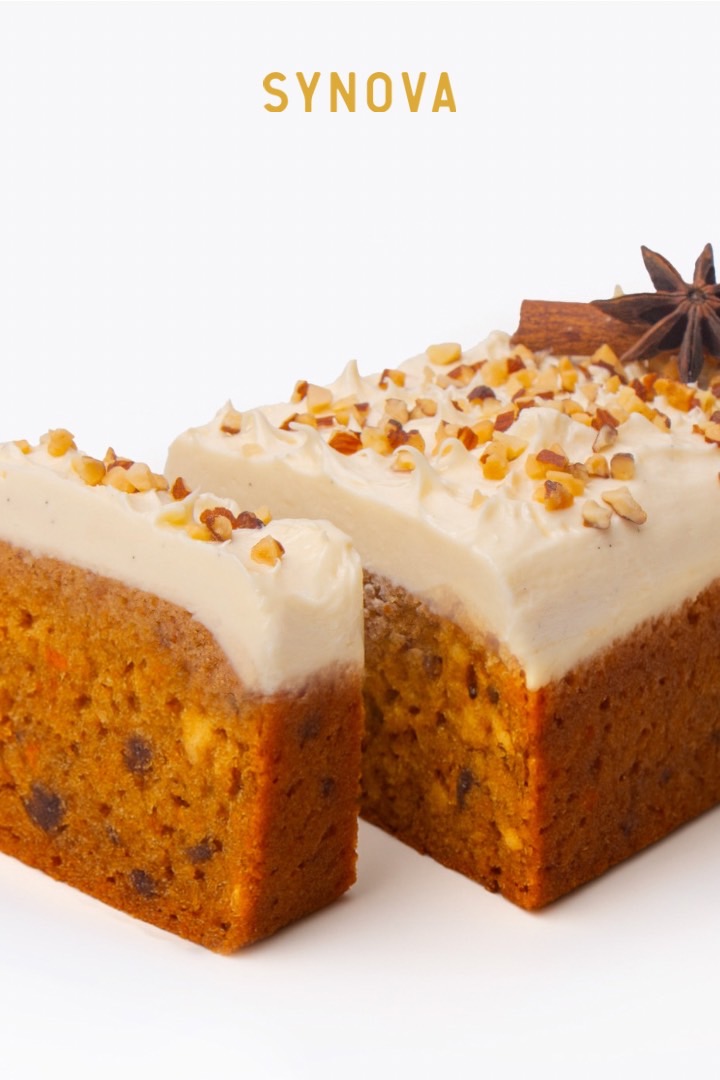Carrot Cake: From Sugar Substitute to a Beloved Modern Dessert
Carrot Cake: From Sugar Substitute to a Beloved Modern Dessert
Carrot Cake: From Sugar Substitute to a Beloved Modern Dessert
Carrot cake is one of the most popular desserts known for its rich flavor, moist texture, and signature orange hue from grated carrots. Often spiced with cinnamon and topped with cream cheese frosting, this cake has become a beloved treat around the world—including in Thailand.
Interestingly, carrot cake didn’t begin as a health food or culinary trend. It originated in medieval Europe, when sugar was scarce and expensive. Carrots, naturally sweet and widely available, were used as a substitute in many traditional desserts like puddings and pies.
During World War II, sugar rationing in the UK revived the use of carrots in baking. The British government even promoted carrots through propaganda campaigns (like “Dr. Carrot”) to encourage citizens to use them in place of sugar. This helped increase the popularity of carrot-based desserts—especially carrot cake.
In the 1960s and 70s, carrot cake became popular in the U.S., partly due to growing interest in healthier eating. Although still sweet and rich, the use of carrots gave the cake a “healthier” image compared to typical butter-heavy cakes.
Its moist texture, due to the water content in carrots, made it stand out. Add-ins like walnuts, raisins, and aromatic spices added depth, while the tangy cream cheese frosting balanced the sweetness perfectly. Today, carrot cake is easily adaptable to modern diets—vegan, gluten-free, and low-sugar variations are common.
Nutritionally, carrots provide beta-carotene (a source of vitamin A), fiber, and antioxidants. When combined with heart-healthy nuts, carrot cake becomes more than just a dessert—it offers real nutritional value.
From a humble substitute for sugar to a dessert with identity and global appeal, carrot cake proves that necessity can spark culinary innovation. Today, it’s a symbol of wholesome indulgence and a favorite for health-conscious bakers everywhere.



